Ever scroll through the web, stumble upon a slick website seemingly making bank recommending products, and think, “How on earth do they do that?” Yeah, me too. Especially when you’re starting out, maybe juggling a day job, building a life as an expat, or just trying to figure out this whole online income thing without getting overwhelmed. I remember looking at established sites when I was first getting serious about affiliate marketing here in the Philippines, thinking they must have some secret, complicated magic formula!
But here’s the reality check: it’s usually not magic, it’s strategy. And the best way to figure out winning strategies? Look at real-world affiliate site examples that are absolutely crushing it. This post is your peek behind the success curtain. We’re going to dissect several inspiring affiliate websites across different niches – from tech gadgets and travel deals to dog food (yes, really!). We’ll uncover why they succeed, explore the different approaches they take, and pull out the key lessons you can borrow (or “steal like an artist,” as they say) to build your own path towards financial independence. Forget the hype; let’s look at what actually works.
Quick heads-up: Throughout this site, you’ll find links to products or services I recommend. If you click on these and make a purchase, I might earn a commission at no extra cost to you. It’s one way I keep the lights on and share what I’ve learned! You can read my full affiliate disclosure here.
Why Look at Affiliate Site Examples? (More Than Just Copying!)
Now, I’m not suggesting you find a successful site and just copy everything they do. That rarely works, and frankly, where’s the fun in that? The real value in studying successful affiliate site examples is deeper:
- Get Inspired: See the sheer potential and the different shapes success can take. It helps you dream bigger!
- Understand Strategies: Realize there isn’t just one way to win. Some sites focus on expert reviews, others on helpful tools, some on pure entertainment.
- Identify Patterns: Notice the common threads? Things like building trust, creating really good content, and understanding SEO keep popping up. These are clues!
- Spark Ideas: Seeing how others tackle a niche or present information can spark creative ideas for your own project.
Think of it like learning from the masters. You study their techniques not to become a clone, but to build your own unique style on a solid foundation.
High-Potential Niches Where These Affiliate Site Examples Thrive
Before we dive into specific sites, it helps to know the playing field. While you can technically do affiliate marketing in almost any niche, some areas are just naturally more fertile ground. Many successful affiliate site examples operate in these high-potential zones:
- Technology: Ever-changing gadgets, software (think recurring commissions!), gaming gear, web hosting – a huge market.
- Personal Finance: Helping people with money (credit cards, investing, loans, insurance) is always in demand. High-value commissions are common here.
- Travel: Massive industry! Flights, hotels, gear, cruises – endless possibilities, especially with the rise of specific travel styles (budget, luxury, nomad).
- Health & Wellness: Fitness, nutrition, supplements, mental health – people are always looking to improve their well-being.
- Home & Garden (incl. Pets): Decor, security, kitchen gadgets, DIY, and the booming pet care market (people love spending on their furry friends!).
But here’s a crucial tip I learned: Go Niche or Go Home! While these broad categories are popular, the real winners often specialize. Instead of “travel,” think “budget backpacking in Southeast Asia.” Instead of “pets,” think “nutritional needs for senior dogs.” Why? Because it’s easier to become a trusted expert, connect with a passionate audience, and stand out from the crowd. We’ll see this specialization in action in our affiliate site examples.

Unpacking the Blueprints: Successful Affiliate Site Examples Analyzed
Okay, let’s get to the main event! We’re going to look at some well-known and highly successful affiliate site examples. I’ve picked sites that showcase different strategies and niches. For each, we’ll quickly break down:
- Who they are & who they serve
- Their “Secret Sauce” (Content/Value)
- How they make money
- Why people trust them
- How they get visitors
- The main lesson we can learn
Wirecutter (The Authority Model: Testing & Trust)
- Who: Reviews tons of consumer products (tech, home, etc.). Serves people who want the best product without wading through endless options.
- Secret Sauce: Insanely rigorous, hands-on testing by experts (journalists, scientists!). They don’t just review; they scientifically determine the “best.”
- Monetization: Amazon is big, but they also partner directly with giants like Home Depot, Best Buy, Walmart, etc. (likely getting better deals). Now owned by the New York Times, they even have a subscription component.
- Trust Factor: Extreme transparency about their testing and business model. Their reputation is their brand. The NYT ownership adds credibility.
- Traffic: Dominant SEO for product keywords, plus strong brand recognition.
- Lesson: Uncompromising quality and rigorous testing builds unparalleled trust and authority. This is a high-effort, high-reward model. (Acquired for around $30 million – proof it works!).
NerdWallet (The Utility Model: Tools & Finance)
- Who: Personal finance advice, comparisons, tools (credit cards, loans, investing). Serves consumers and small businesses needing clear financial guidance.
- Secret Sauce: Beyond articles, they offer interactive tools – calculators, comparison tables, personalized recommendations via questionnaires. They provide direct utility.
- Monetization: High-value partnerships with banks, credit card companies, insurers (like PolicyGenius), tax software (like TurboTax). Likely earns big commissions per lead or approved application.
- Trust Factor: Comprehensive info, the usefulness of their tools, and established brand authority in a serious niche.
- Traffic: Strong SEO targeting both informational (“how to save”) and transactional (“best credit card”) searches. Big brand recognition.
- Lesson: Providing unique utility through tools can be a massive differentiator and incredibly valuable to users, especially in complex niches.
PCPartPicker (The Niche Tool Model: Solving Problems)
- Who: Helps people build custom PCs by checking if components are compatible and comparing prices. Serves PC builders (gamers, enthusiasts, first-timers).
- Secret Sauce: Their compatibility-checking engine is the star. It solves a huge, costly pain point for builders. They also have build guides and a community section where users share their creations.
- Monetization: Affiliate links for components from Amazon, Newegg, Best Buy. Makes it easy for users to buy everything needed.
- Trust Factor: Built on the reliability of their core tool. The community aspect adds social proof.
- Traffic: Strong SEO for specific PC building terms, plus direct traffic from loyal users and community referrals.
- Lesson: Solving one critical, technical problem for a passionate niche audience can make you indispensable. You don’t always need tons of articles if you have a killer tool.
The Points Guy (The Niche Intersection Model: Travel + Finance)
- Who: Focuses on maximizing travel rewards via credit cards and loyalty programs. Also covers travel news. Serves travelers wanting luxury experiences for less.
- Secret Sauce: Deep expertise in the complex world of points and miles. Publishes timely deal alerts, breaking news, and in-depth guides. Strong brand personality initially built by the founder.
- Monetization: Primarily high-commission premium credit card affiliate programs (Chase, Amex, etc.). Also likely earns from travel bookings.
- Trust Factor: Demonstrated expertise, delivering valuable/timely info (deals!), strong brand reputation.
- Traffic: Mix of SEO, a large email list, active social media, and significant brand recognition.
- Lesson: Mastering a lucrative intersection between niches (here, travel + finance) can be incredibly powerful. Delivering timely, actionable advice builds loyalty.
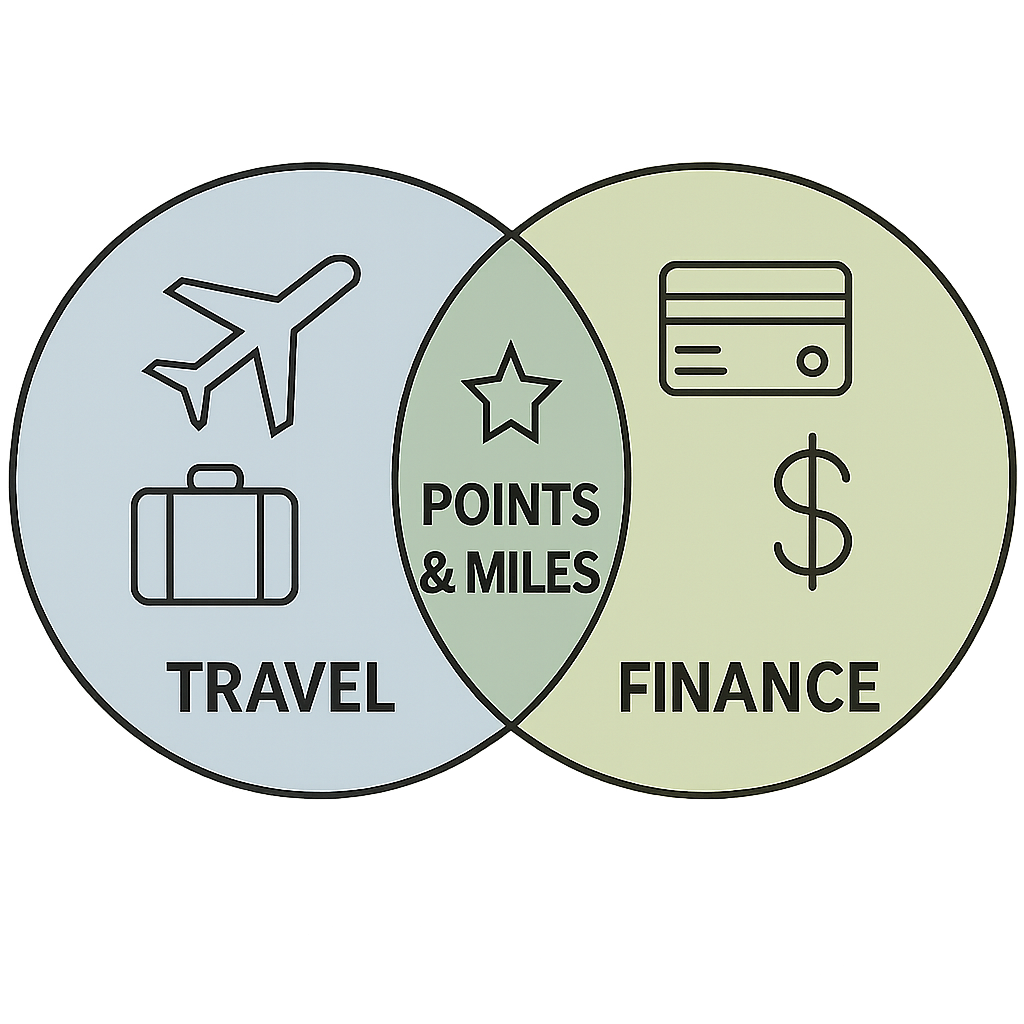
Dog Food Advisor (The Hyper-Specialization Model: Deep Niche)
- Who: Reviews only commercial dog food. Serves super-conscientious dog owners obsessed with their pet’s nutrition.
- Secret Sauce: Extreme focus. Exhaustive reviews analyzing ingredients, nutrition, company history, recalls. Positions itself as the ultimate unbiased resource. Founder’s background (retired dentist) adds perceived scientific authority.
- Monetization: Mainly through the Chewy affiliate program, possibly Amazon too. Taps into a recurring purchase need.
- Trust Factor: Deep specialization builds immense trust. Detailed, data-driven reviews reinforce this.
- Traffic: Strong SEO for very specific dog food brand/review keywords. Likely high repeat traffic from loyal users.
- Lesson: Don’t be afraid to go super niche! Becoming the undisputed authority on one specific thing can be incredibly effective and defensible.
Outdoor Gear Lab (The Authority Model Revisited: Outdoor Gear)
- Who: Reviews outdoor gear (hiking, climbing, skiing, etc.). Serves outdoor enthusiasts needing reliable gear advice.
- Secret Sauce: Like Wirecutter, but for the outdoors. Rigorous, side-by-side field testing. Detailed, data-backed comparison tables.
- Monetization: Links to outdoor retailers like REI, Backcountry, plus Amazon.
- Trust Factor: Transparency about their real-world testing methods. High-quality photos from testing build credibility.
- Traffic: Dominant SEO for “best [outdoor gear type]” keywords. Strong brand reputation in the outdoor community.
- Lesson: Demonstrable, hands-on testing builds incredible authority, especially for products where performance really matters.
This Is Why I’m Broke (The Curation Model: Fun & Novelty)
- Who: Curates unusual, quirky, funny products and gadgets. Serves people looking for unique gifts or just entertainment.
- Secret Sauce: Focus is on curation and discovery, not deep reviews. Highly visual, witty descriptions, inherently shareable content.
- Monetization: Mainly Amazon Associates, Etsy. Relies on volume and impulse buys of often lower-priced items.
- Trust Factor: Less about expertise, more about the entertainment value and finding genuinely interesting stuff.
- Traffic: Likely driven by social media sharing, virality, direct browsing, and SEO for specific novelty items.
- Lesson: Success is possible outside the typical “expert review” model! Strong curation and focusing on entertainment/discovery can work, especially with visually appealing or humorous products.
Phew! Quite a range, right? From intense testing labs to fun gadget curators. Here’s a table summarizing these awesome affiliate site examples:
| Website | Primary Niche | Content USP (Unique Selling Proposition) | Monetization Mix (Key Programs) | Primary Traffic Strategy | Distilled Success Factor |
|---|---|---|---|---|---|
| Wirecutter | Broad Consumer Goods | Dominant SEO (“Best Gear”) | Amazon, Retailers (Home Depot, Best Buy), Direct | Strong SEO, Brand | Uncompromising Quality/Testing, Trust |
| NerdWallet | Personal Finance | Interactive Tools, Personalization | High-Value Finance Partnerships (CPL/CPA) | Strong SEO, Brand | High Utility via Tools, Niche Authority |
| PCPartPicker | Technology (PC Building) | Compatibility Checker Tool, Community | Amazon, Newegg, Best Buy (Components) | Niche SEO, Direct, Community | Unique Tool Solving Critical Pain Point |
| The Points Guy | Travel & Finance (Loyalty/Credit Cards) | Rewards Expertise, Deal Alerts, Brand | High-Value Credit Card Programs | SEO, Email, Social, Brand | Mastering Niche Intersection, Timely Advice |
| Dog Food Advisor | Pets (Dog Food Reviews) | Hyper-Specialized Analysis, Perceived Expertise | Chewy, Amazon | Long-Tail SEO, Direct | Extreme Niche Specialization, Deep Trust |
| Outdoor Gear Lab | Hobbies (Outdoor Gear) | Rigorous Field-Testing, Comparisons | Amazon, REI, Backcountry, Direct | Dominant SEO (“Best Gear”) | Commitment to Real-World Testing, Authority |
| This Is Why I’m Broke | Novelty/Gadgets | Curation of Unique Items, Visual Focus, Humor | Amazon Associates, Etsy | Social/Viral, Direct, Novelty SEO | Unique Niche Focus, Strong Curation |
Table: Comparative Analysis of Successful Affiliate Website Examples
Finding Your Own Path: Key Lessons from These Affiliate Site Examples
Okay, seeing these successful affiliate site examples is great, but what can you actually take away and apply? It’s not about having millions in funding or a team of scientists (unless you do, then go for it!). It’s about understanding the core principles – the pillars – that hold these successful sites up. I’ve definitely learned these through trial and error over the years!
Pillar 1: Build Unshakeable Authority & Trust
This is the absolute bedrock. People won’t click your links, let alone buy, if they don’t trust you. How do these sites do it?
- Deep Expertise: Like NerdWallet knowing finance inside-out.
- Rigorous Testing: Like Wirecutter and OGL proving their recommendations.
- Laser Focus: Like Dog Food Advisor knowing everything about dog food.
- Transparency: Being upfront about how they make money.
- Authenticity: Sharing real experiences and personality.
Your Takeaway: Choose a niche you can genuinely become knowledgeable in (or are willing to learn obsessively about!). Be honest, transparent, and always prioritize your audience’s best interest over a quick buck. Trust takes time to build but can be lost in an instant.
Pillar 2: Create Killer Content or Unbeatable Utility
You need to give people a reason to visit your site and listen to you. This usually comes in two flavors:
- Amazing Content: In-depth reviews, super helpful tutorials, comprehensive guides that answer questions better than anyone else. Think OGL’s detailed comparisons.
- Unique Utility: Offering something interactive or tool-based that solves a specific problem. Think NerdWallet’s calculators or PCPartPicker’s compatibility engine.
Your Takeaway: Don’t just rehash information. Aim to create the best resource on a specific topic within your niche, whether that’s through incredibly thorough content or a unique tool/angle. Solve your audience’s problems!
Pillar 3: Don’t Annoy People! (Focus on User Experience)
Ever landed on a website that was slow, cluttered, and impossible to navigate on your phone? You bounced right off, didn’t you?
- Clean Design: Easy to read, easy to find things.
- Speed: Nobody waits for slow sites anymore.
- Mobile-Friendly: Absolutely essential, most people browse on phones.
Your Takeaway: Your website is your online storefront. Make it clean, fast, and easy to use on any device. Good UX builds professionalism and keeps people engaged. (HubSpot has good examples).
Pillar 4: Get Eyeballs (Strategic Traffic Generation)
You can have the best site in the world, but if nobody sees it, you won’t make a dime.
- SEO is King (Usually): Most of these giants rely heavily on ranking in Google. This means creating great content around keywords people search for. (See my Starting Affiliate Marketing Step-by-Step guide for basics).
- Diversify: Don’t put all your eggs in the Google basket! Building an email list, using social media effectively (like TIWIB), and building a brand that gets direct visitors adds resilience. Trust me, relying on one traffic source is risky – I learned that when algorithm changes hit my old business hard.
- Authority Matters: Getting quality backlinks (links from other reputable sites) helps build your site’s authority in Google’s eyes, especially in competitive niches.
Your Takeaway: Learn the basics of SEO. Create content that targets what your audience is searching for. And over time, try to build multiple traffic streams.
H5: Pillar 5: Monetize Smartly (It’s Not Just Amazon)
Making money is the goal, right? But how you do it matters.
- Beyond Amazon: While Amazon Associates is easy to start with, most big players diversify. They join multiple networks (like CJ Affiliate or ShareASale) or niche ones (like PartnerStack for software).
- Direct Deals: Building relationships directly with brands often gets you better commission rates or longer cookie durations.
- High-Ticket / Recurring: Promoting more expensive items or subscription services (where you get paid month after month) can dramatically increase earnings.
- Alignment is Key: Only promote products that genuinely fit your audience and niche. Promoting random stuff erodes trust fast.
Your Takeaway: Start simply, but plan to diversify your income streams. Look for programs that align perfectly with your audience and offer fair terms. Sometimes, promoting fewer, better-aligned products makes you more money than promoting everything under the sun.
The Secret Sauce: How These Pillars Work Together
Here’s the kicker: these pillars don’t work in isolation. They support each other.
Think about Wirecutter: Their intense Testing (Pillar 1/2) creates trustworthy Content (Pillar 2) that ranks incredibly well in SEO (Pillar 4). This content is presented on a clean, professional Site (Pillar 3), which builds more Trust (Pillar 1). All that traffic and trust allows them to secure great deals with various Partners (Pillar 5). See how it links together?
Your Takeaway: You need to work on all these areas over time. A great site with no traffic won’t earn. Lots of traffic to untrustworthy content won’t convert. It’s about building a solid, interconnected system.
Conclusion: Your Turn to Build – Learning from the Best Affiliate Site Examples
So, there you have it – a look under the hood of some seriously successful affiliate site examples. What’s the big takeaway? Success in affiliate marketing isn’t about finding some secret loophole or getting lucky. It’s about building a real, valuable online asset based on solid principles: Authority & Trust, Great Content or Utility, Good User Experience, Smart Traffic Generation, and Savvy Monetization.
These examples show there are different paths to success – you can be the deep expert, the helpful toolmaker, or the entertaining curator. The key is choosing a path, focusing, and consistently delivering value.
Whether you’re an expat like me trying to build a location-independent income, a parent looking for a flexible side hustle, or anyone wanting more financial freedom, these affiliate site examples prove it’s achievable. It takes work, yes. It takes learning and adaptability (remember my favorite word!). But you don’t need a massive budget or a fancy degree to start. You need a plan, persistence, and a willingness to learn from those who’ve paved the way.
Which model inspires you the most? The deep-diving expert? The problem-solving tool builder? Start thinking about how you can apply these lessons to your own ideas. Maybe your very first step is figuring out your niche? If you’re ready to understand the absolute fundamentals, dive into my guide on What is Affiliate Marketing and How Does it Actually Work?.
The blueprint is there. Now it’s your turn to start building!
FAQ: Affiliate Site Examples
While massive sites like Wirecutter or NerdWallet are inspiring, beginners might learn more practical lessons from hyper-specialized affiliate site examples like Dog Food Advisor or sites focused on a specific hobby (like PCPartPicker). They demonstrate how building deep trust and solving specific problems in a smaller niche can be very effective without needing huge teams or budgets initially.
Most top affiliate site examples we looked at heavily leverage SEO for sustainable, long-term traffic. It’s a very powerful channel. However, sites like ‘This Is Why I’m Broke’ show that alternative models focusing on strong curation, highly shareable content, and leveraging social media traffic or direct visits can also carve out success, especially in entertainment or novelty niches.
You shouldn’t aim to directly copy the content or exact look of these affiliate site examples. Their markets might be saturated, or replicating their resources (like Wirecutter’s testing labs) might be impossible. Instead, analyze their underlying strategies: How do they build trust? What kind of value do they offer? How do they get traffic? How do they monetize? Adapt those principles to your own unique niche, audience, and personality.
The main difference often lies in their core value proposition – how they primarily help their audience. Some affiliate site examples focus on building Authority through deep expertise or rigorous testing (Wirecutter, OGL). Others focus on providing Utility through helpful tools or unique data (NerdWallet, PCPartPicker). And some focus on Curation or Entertainment (This Is Why I’m Broke). Understanding these different models helps you choose a strategic path that best fits your own strengths and interests.



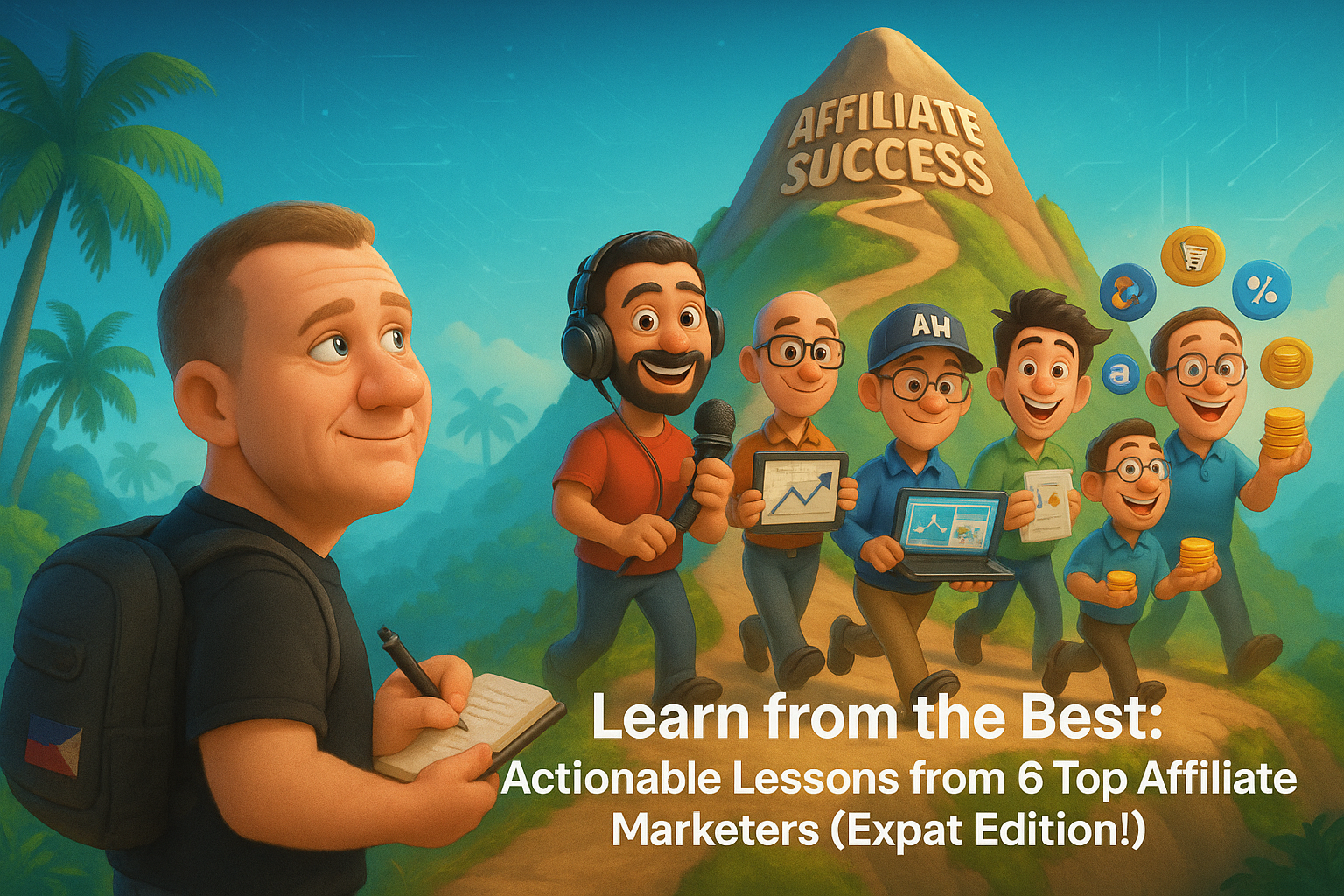
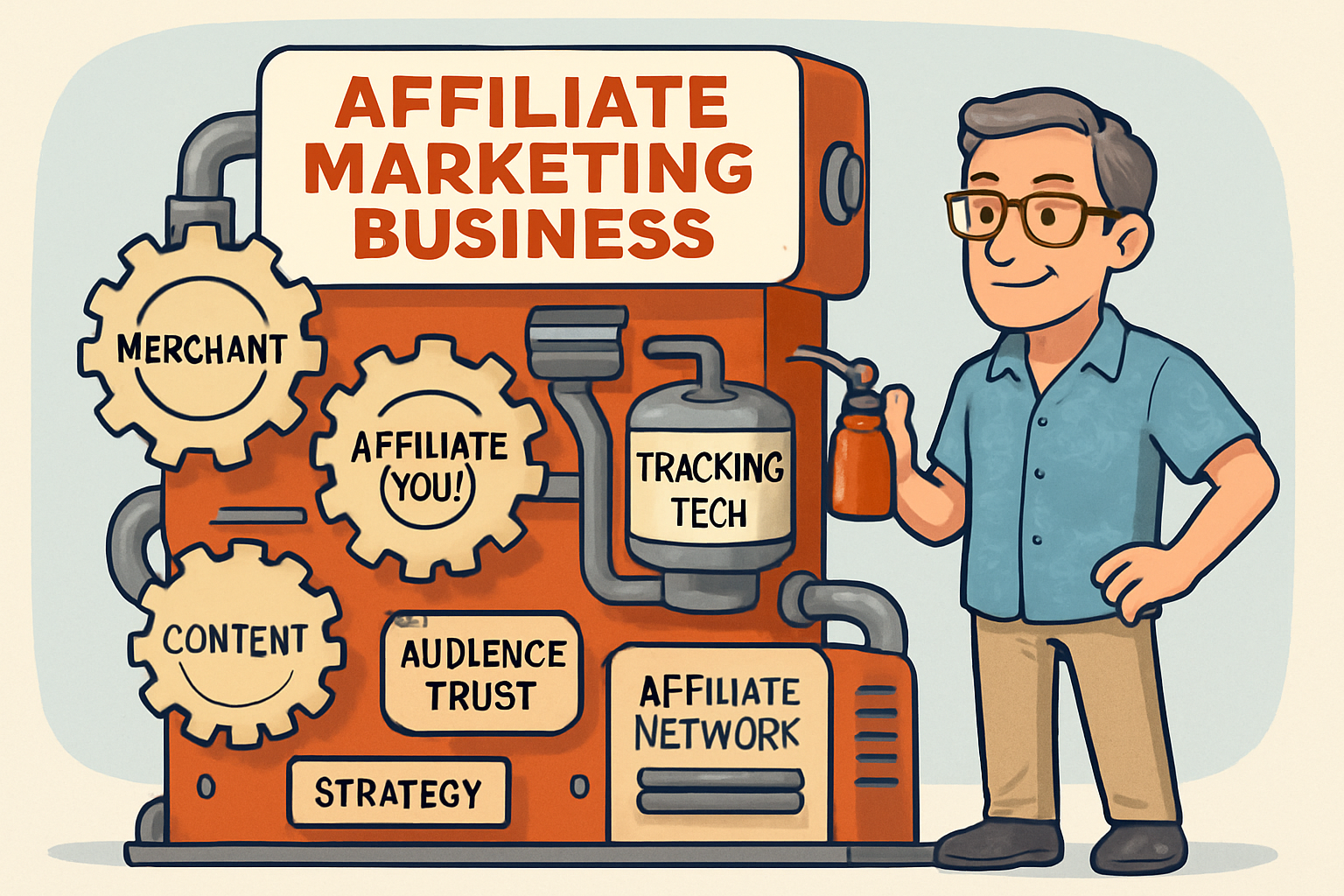





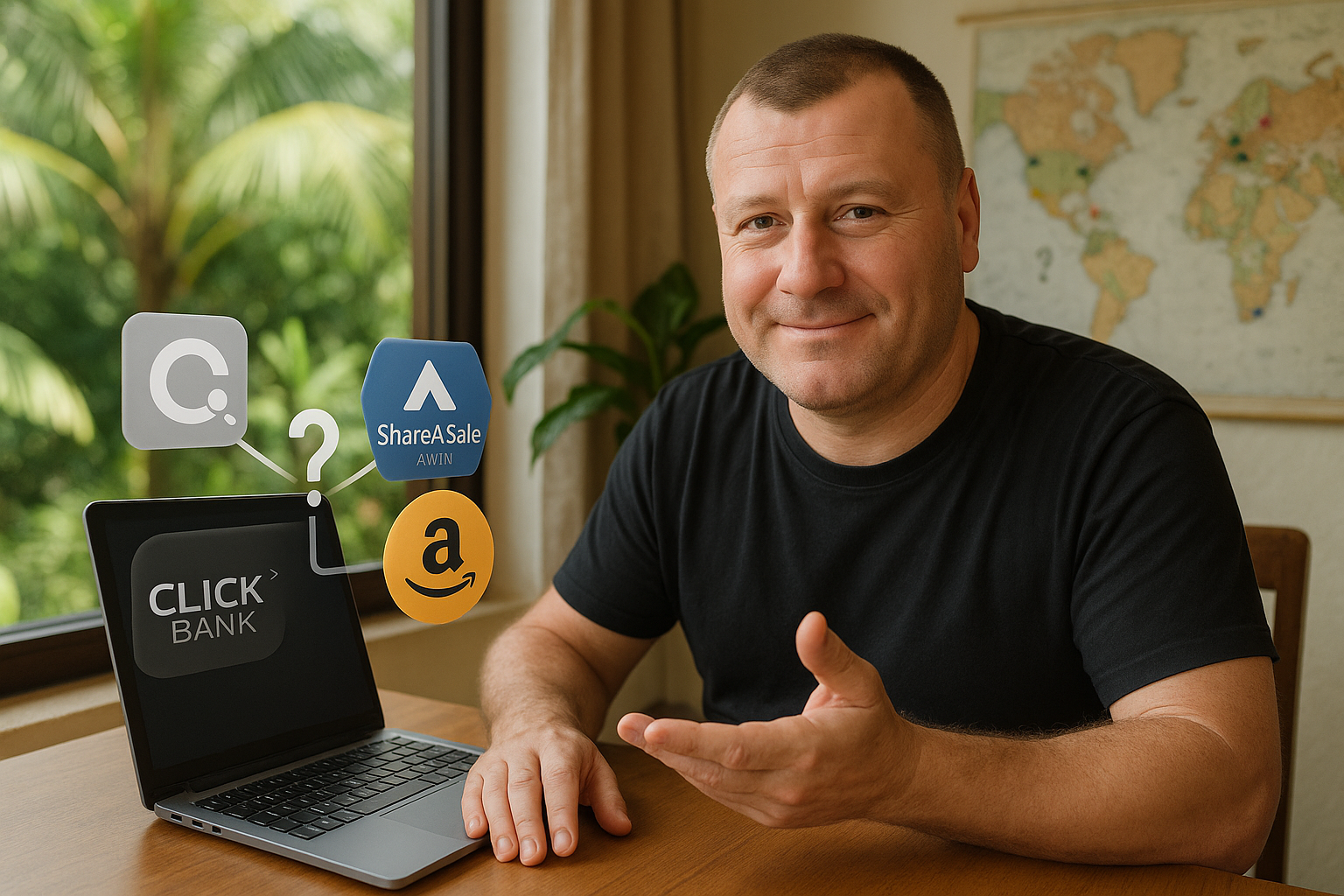
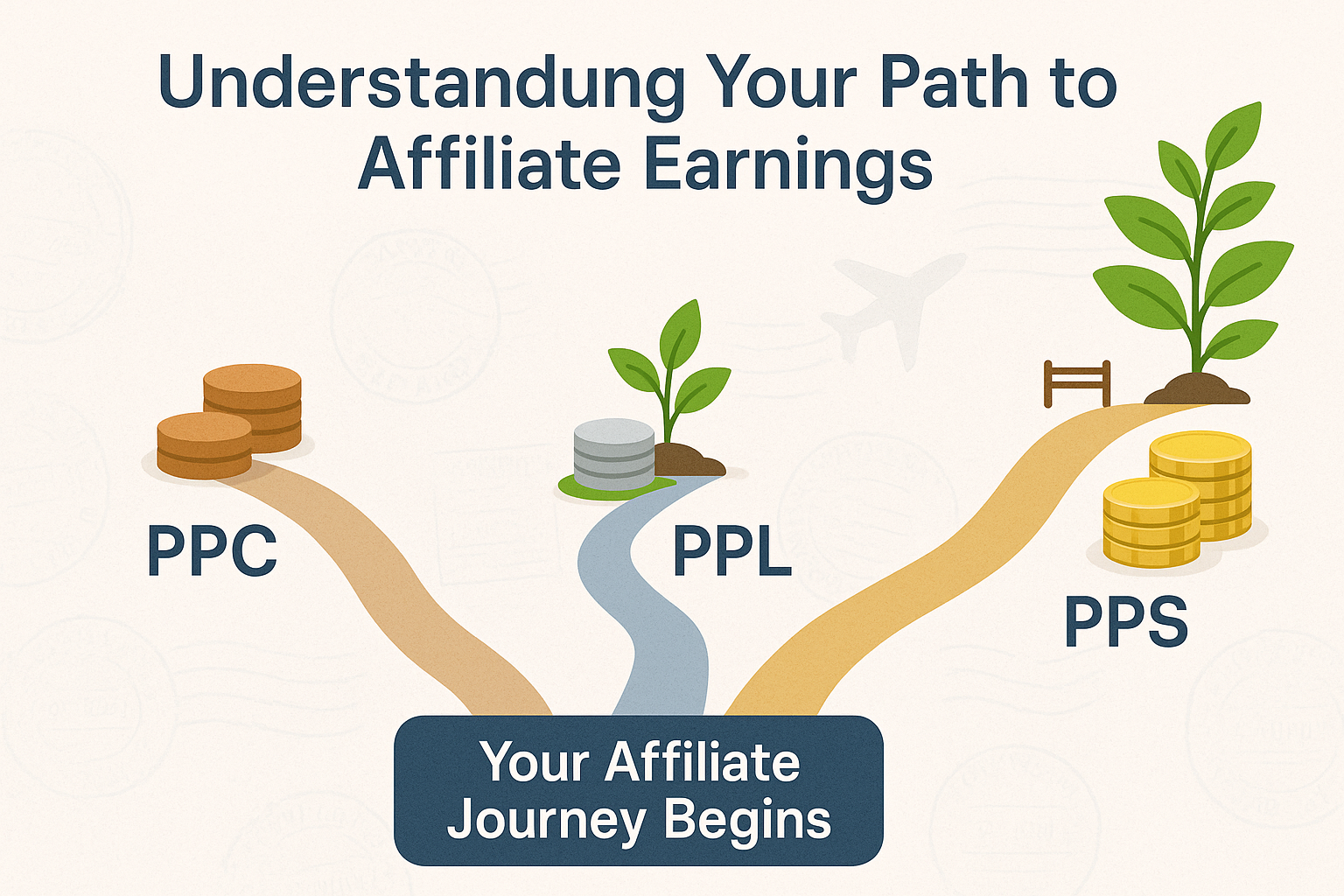


Leave a Reply